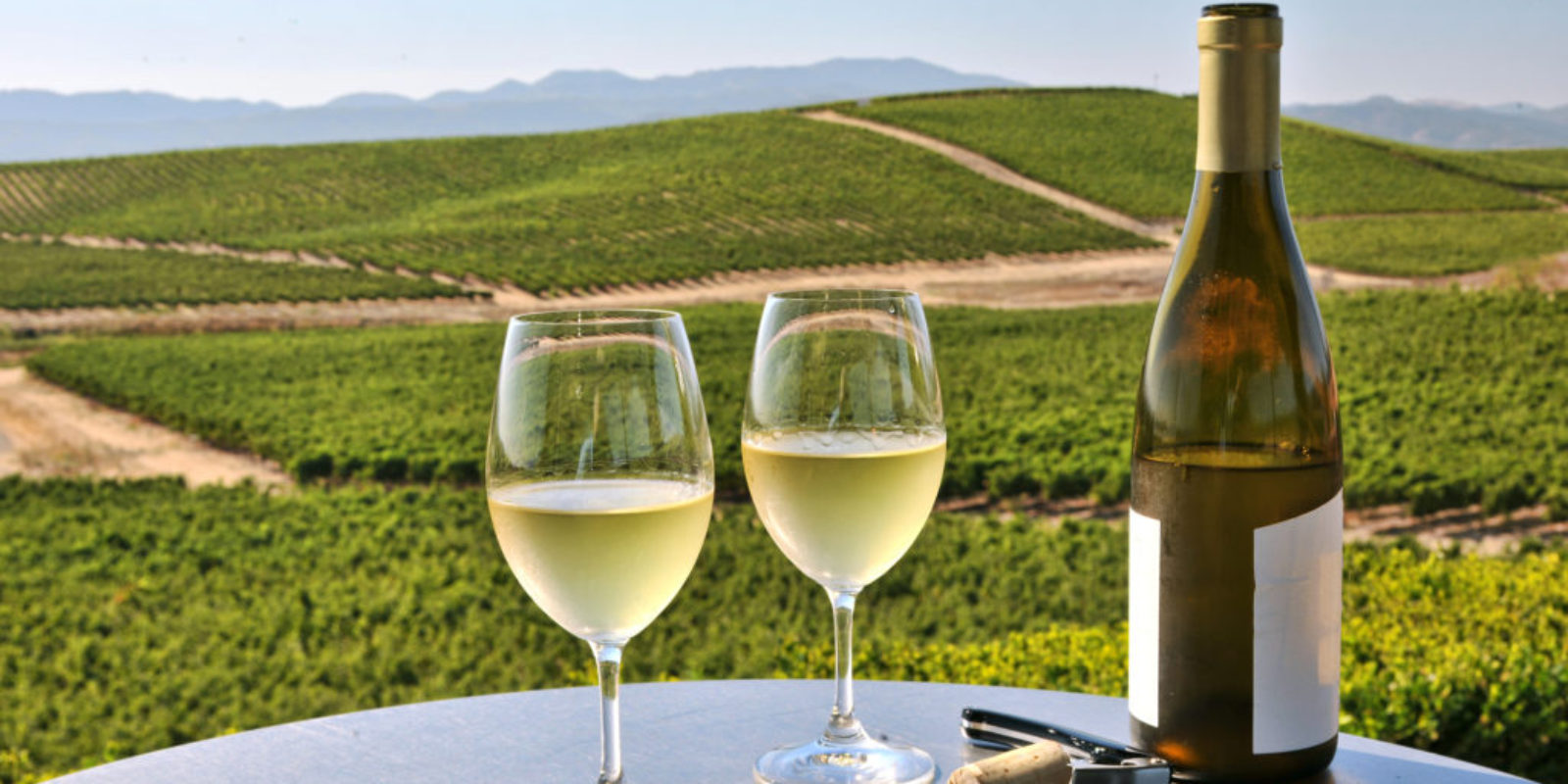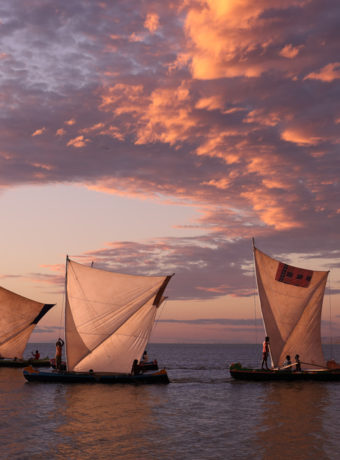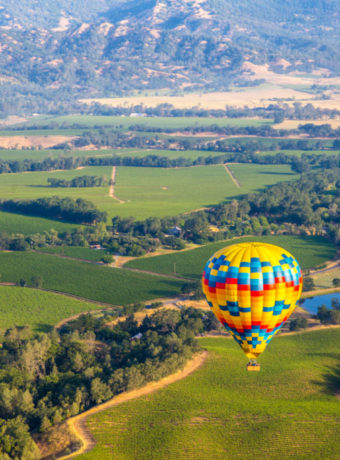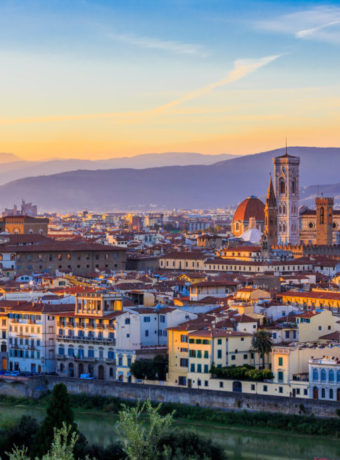Today we’ve hopped the pond from the European wine regions to the North American wine regions. While most people think of North American wine as being from Californian or Washingtonian, I’m here to tell you there are wineries across the whole of the continent! California, Washington, and Oregon do have the most well known wineries, though. But did you know that there’s a thriving wine industry in Virginia? And that wine production occurs in all fifty states? Canadian wine is produced in British Columbia and Ontario. This matches up nicely with the major wine regions in the US.
History of North American wine regions
The first wine produced in North America was in present-day Florida, from native grapes. No one liked the taste, though, so settlers started to plant European grapes. A winery in the Ohio River Valley was the first successful winery – although it wasn’t the first. California does have that distinction; the first winery in the US was near San Diego. Both William Penn and Thomas Jefferson planted grapes in Pennsylvania and Virginia. While some were native plants, they also planted European vines. The same Phylloxera virus that decimated the European wines also hit the European vines planted in the US and Canada. However, the roots of the American vines were just fine, hence the modern-day hybrid grapes.

At the end of the 19th century, the Missouri settlement of Hermann (a German town near St. Louis) was only second to California in terms of wine production. However, Prohibition severely altered the face of the United States wine production. It also modified peoples’ tastes in wine and both home winemaking and post-Prohibition wines were fortified or exceptionally sweet.
Canadian wine suffered almost the same problems. Early settlers planted grapes in southern British Columbia and Ontario, but found that the soil and climate weren’t ideal. They too shifted toward making fortified wines, but peoples’ tastes once again shifted post-Prohibition. Canadian provinces also limited the number of winery licenses for the middle of the 20th century. By the 1990s, Canadians were finally producing high quality wines.
American wine

90% of the US wineries are in California, Washington, and Oregon. There are, however, wineries in every major region and at least one winery in every state. Wine tasting across the US – in select places – makes for a great vacation or even a great staycation. Especially in California, there are tons of quaint bed and breakfasts, luxurious lodges, and spa getaways right in the middle of wine country. In Oregon and Washington, river cruises that run the length of the Columbia River tend to spend time focusing on the wineries in that region. Big name ones include Chateau Ste Michelle, but there are boutique wineries across much of the central river valley.
California, both Napa and Sonoma, is well known for Cabernet Sauvignon and Chardonnay, while the cooler climate in the Pacific Northwest lends itself well to the development of Pinot Noir, Pinot Gris, and Riesling.

California’s Napa Valley wine train is a popular day trip for wine lovers. It begins and ends in Napa and takes passengers on a thrilling ride through vineyards. There are various trips to choose from, but all include a welcome glass of local wine. The Napa Valley wine train offers dining onboard, wine tours and private transfers to different wineries all as part of their packages.
Sonoma Valley lies just north of San Francisco, and is really ideally located for a day trip from the city itself. Sonoma is home to the famed Russian River Valley, and is well known for Chardonnays.
Canadian wine

Despite early successes, Canada’s wine industry never fully took off. While there are still wineries, Canada remains one of the few countries whose domestic wines gross less than imported wine. Still, Canadian wine is growing, and wine sales of domestic product continues to increase over the years.
By far the most popular Canadian wine is icewine. Icewine is a dessert wine produced when the grapes are frozen while still on the vine. It’s not difficult to make, but icewine must be picked after the frost and while grapes are still frozen. This means that the workforce needs to be on call and able to pick a large harvest within a few hours time. If the frost is late, the grapes may rot before the frost comes in. As a result, icewine is often produced in small quantities, which makes it expensive. This delicacy is highly popular in both Canada and as an export.
Luxury abounds

I had a quick look at my Virtuoso partner directory so I could list some of the wonderful properties in the various North American wine regions. It should come as no surprise that there are some wonderful spa properties in Napa and Sonoma. It’s very easy to spend several days up here! With both San Francisco and Sacramento airports within easy driving distance, and relatively good connections from both on all major airlines, Napa and Sonoma are accessible to all.
In the Pacific Northwest, most of the Virtuoso properties are in Seattle, Portland, and Vancouver. However, there are still beautiful bed and breakfasts in the wine country. If you’re travelling to British Columbia, stay in Vancouver because the wine country is only 30 minutes south of the city. I recently completed some webinars on Vancouver, and I can tell you with confidence that the city is a GREAT destination for foodies and winos! If culinary adventures are your thing, maybe a quick PNW road trip is the perfect trip – Seattle to Vancouver, or even Portland to Vancouver. It’s just a straight shot up the highway!
This entire region is one of those places where you step outside after a leisurely day exploring wineries and breathe in the crisp, fresh air. Where you settle into a chair on the patio and enjoy the sunset over the West Coast with a bottle of local sparkling wine. And where serenity meets luxury. Why wouldn’t you want to visit? For spring 2018 getaways, talk to me now!
**
We’re continuing the wine tours tomorrow! Where are we going? To the Southern Hemisphere…




